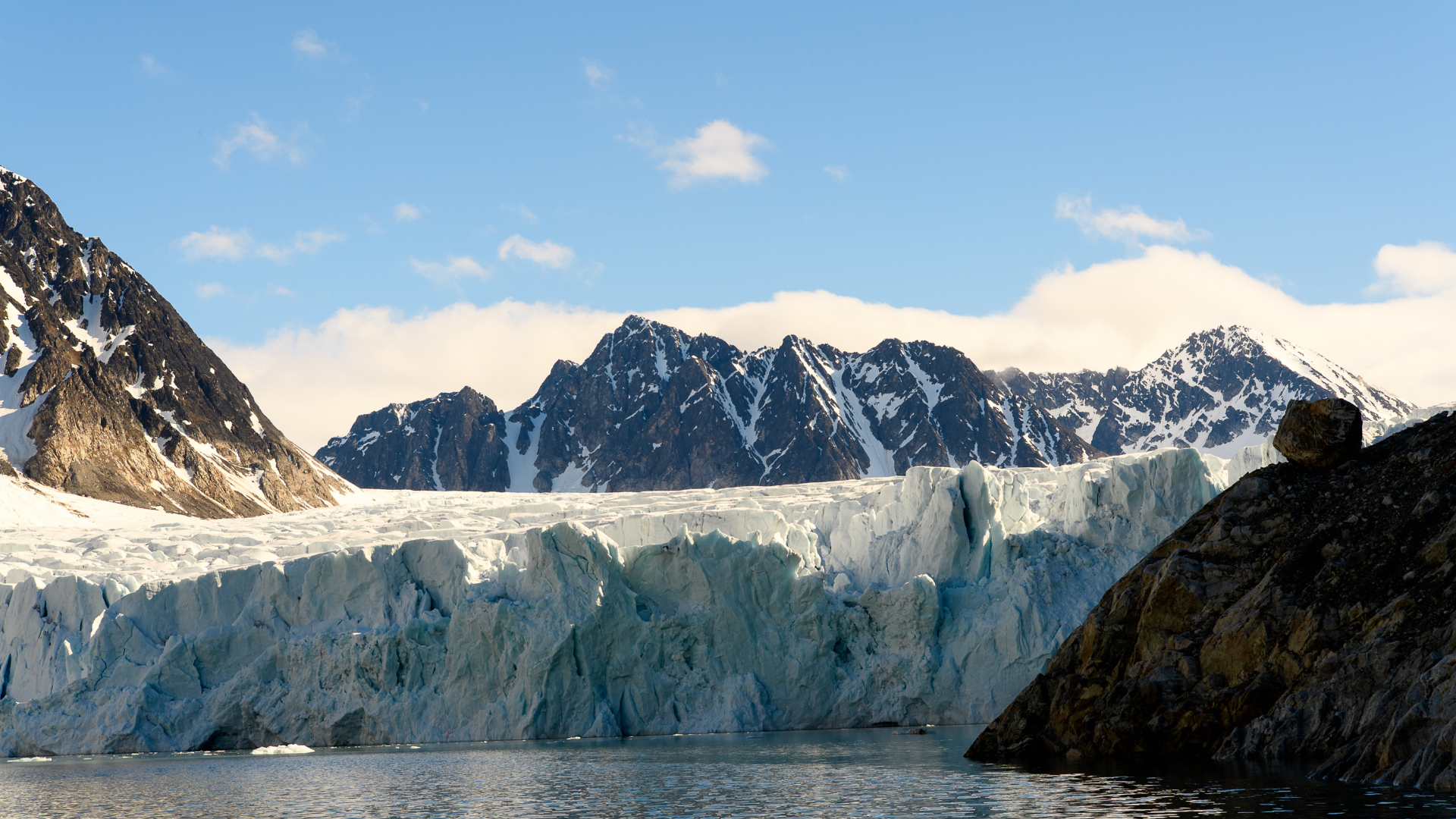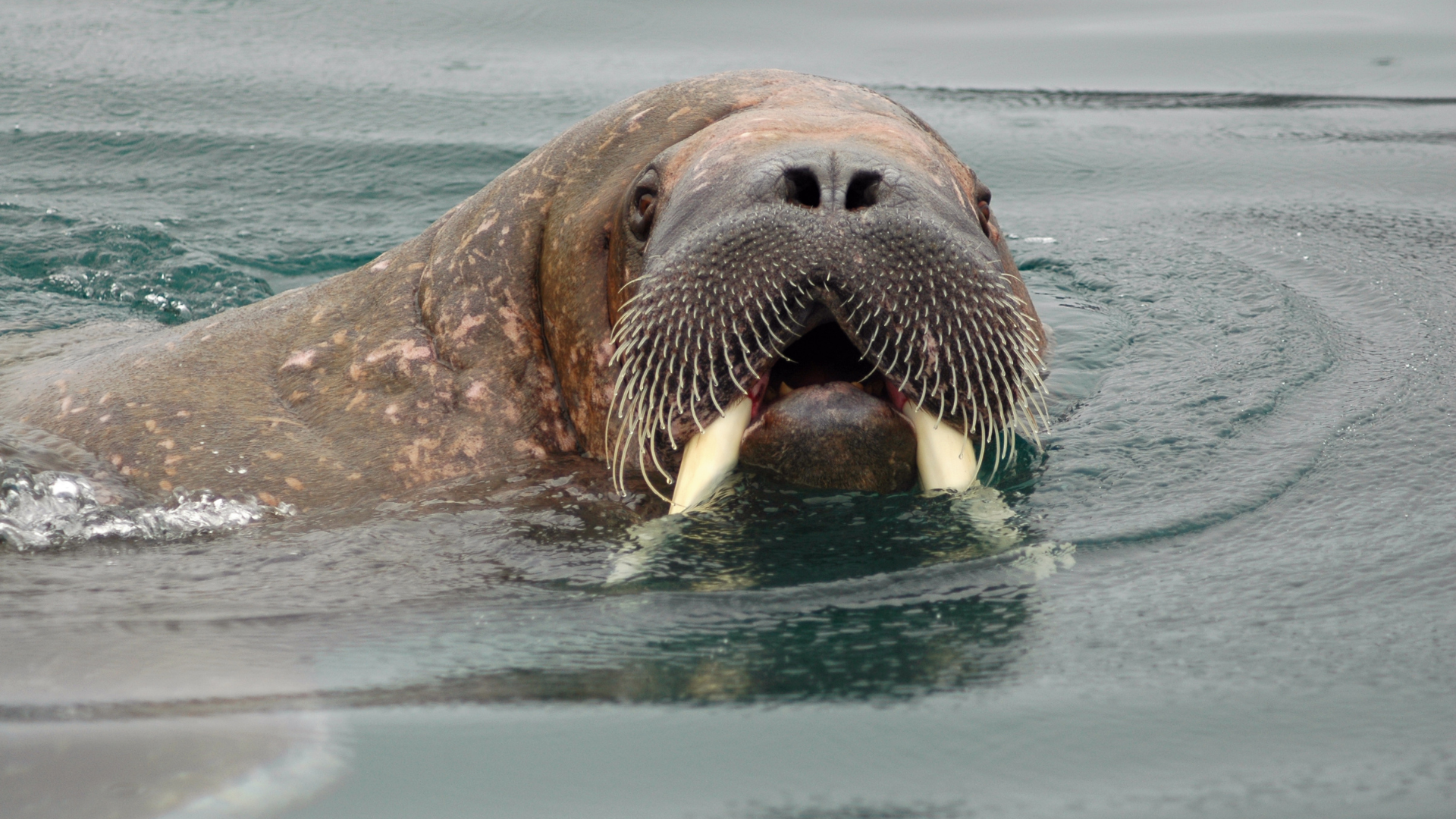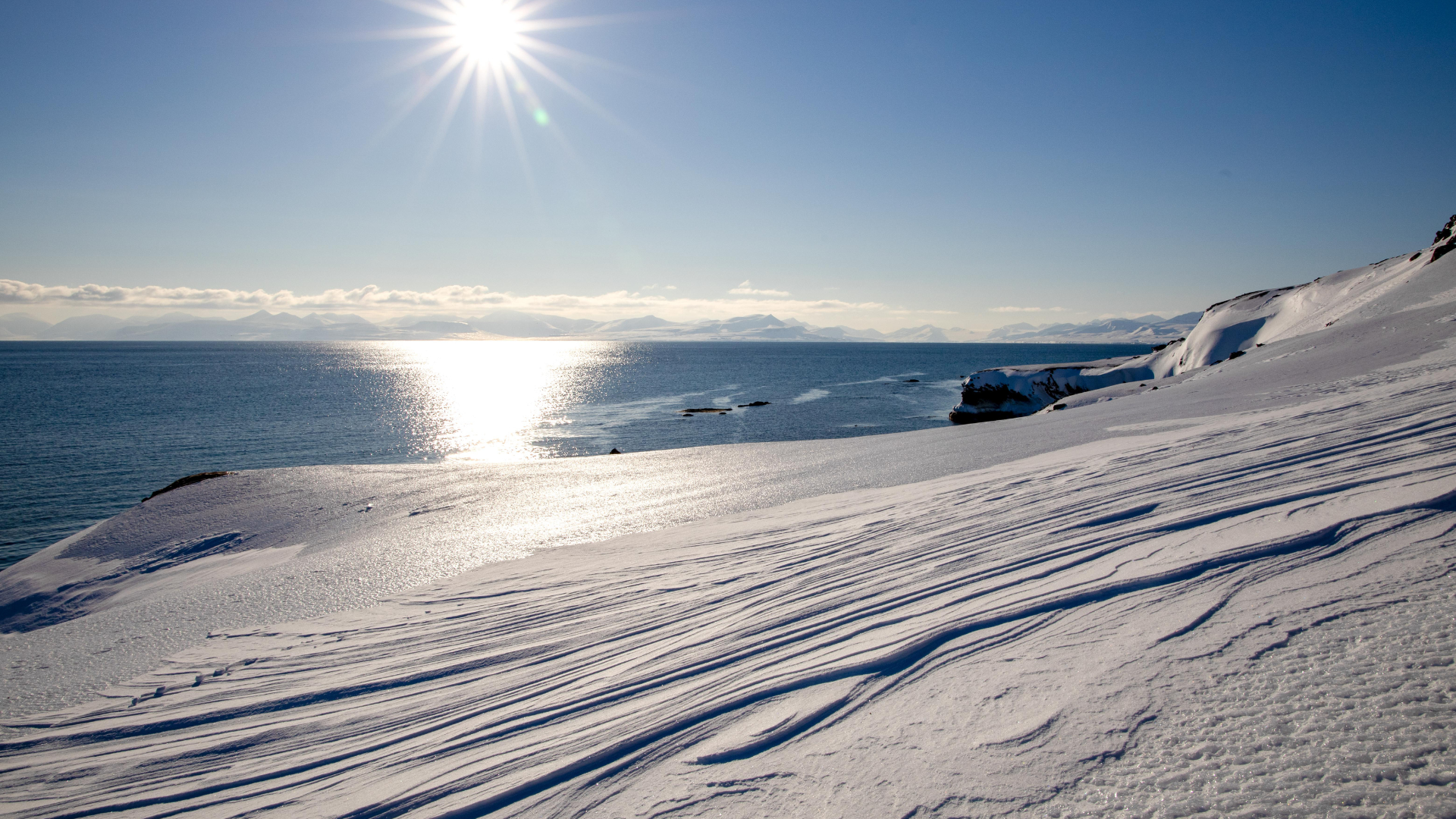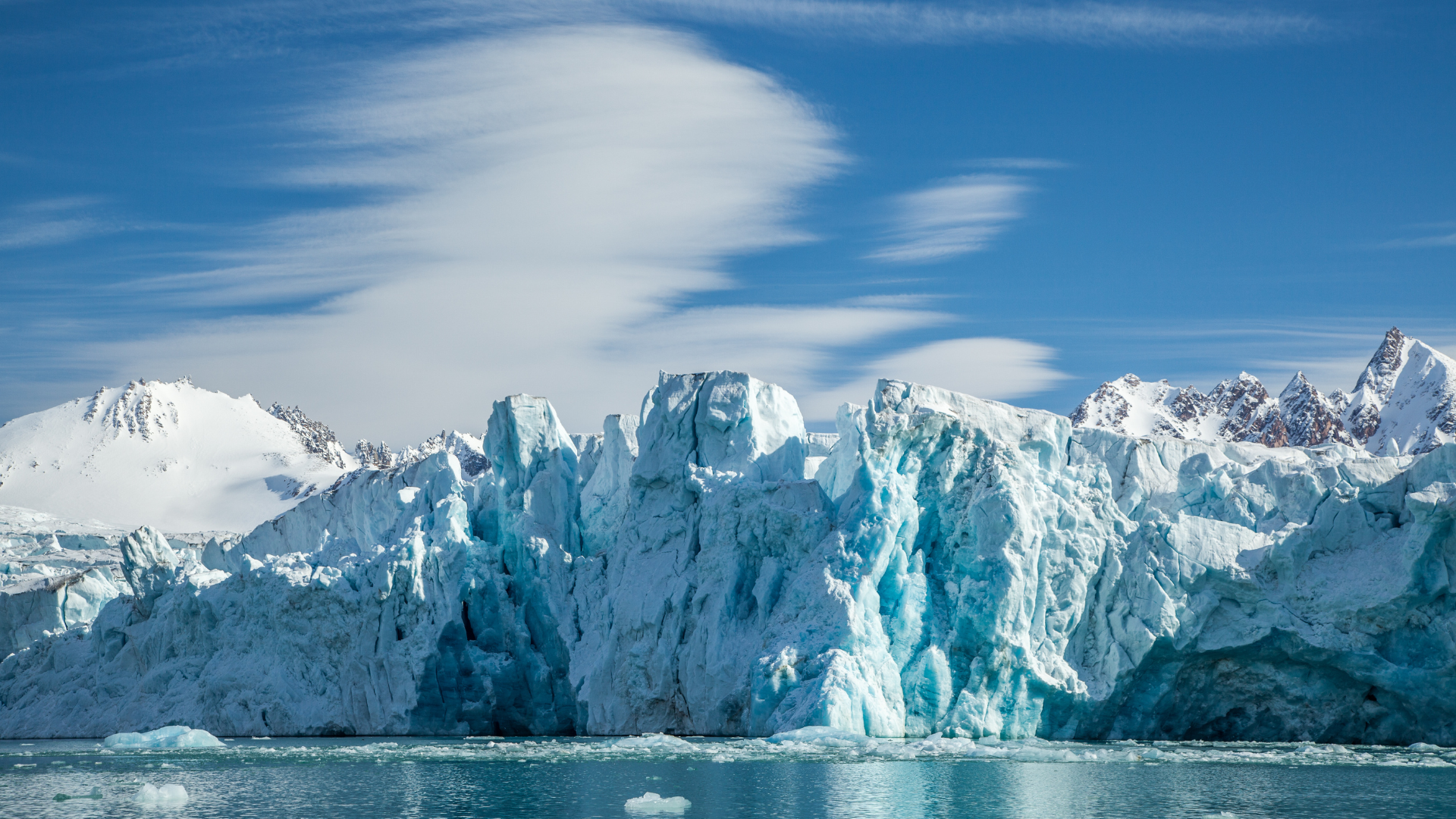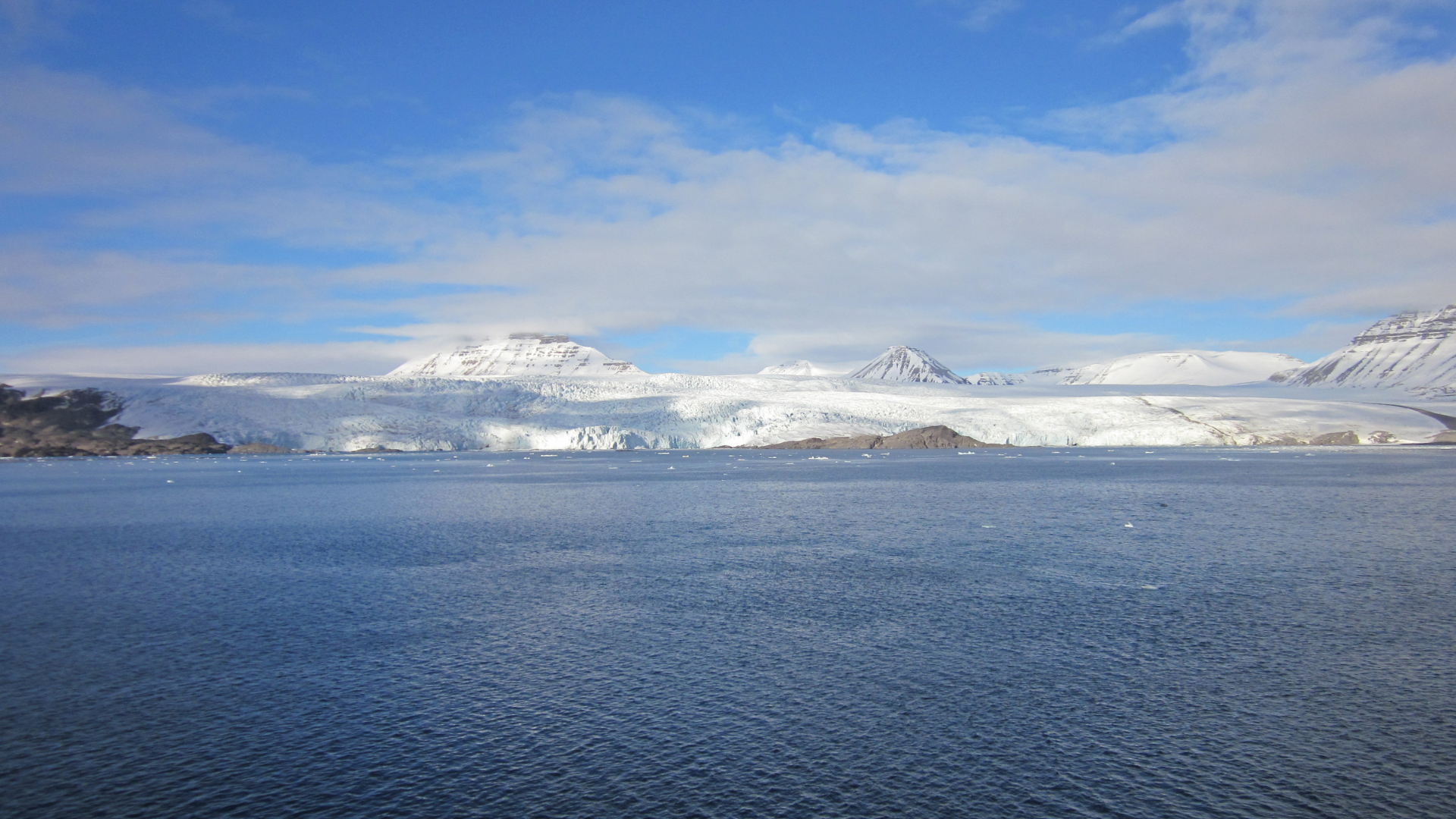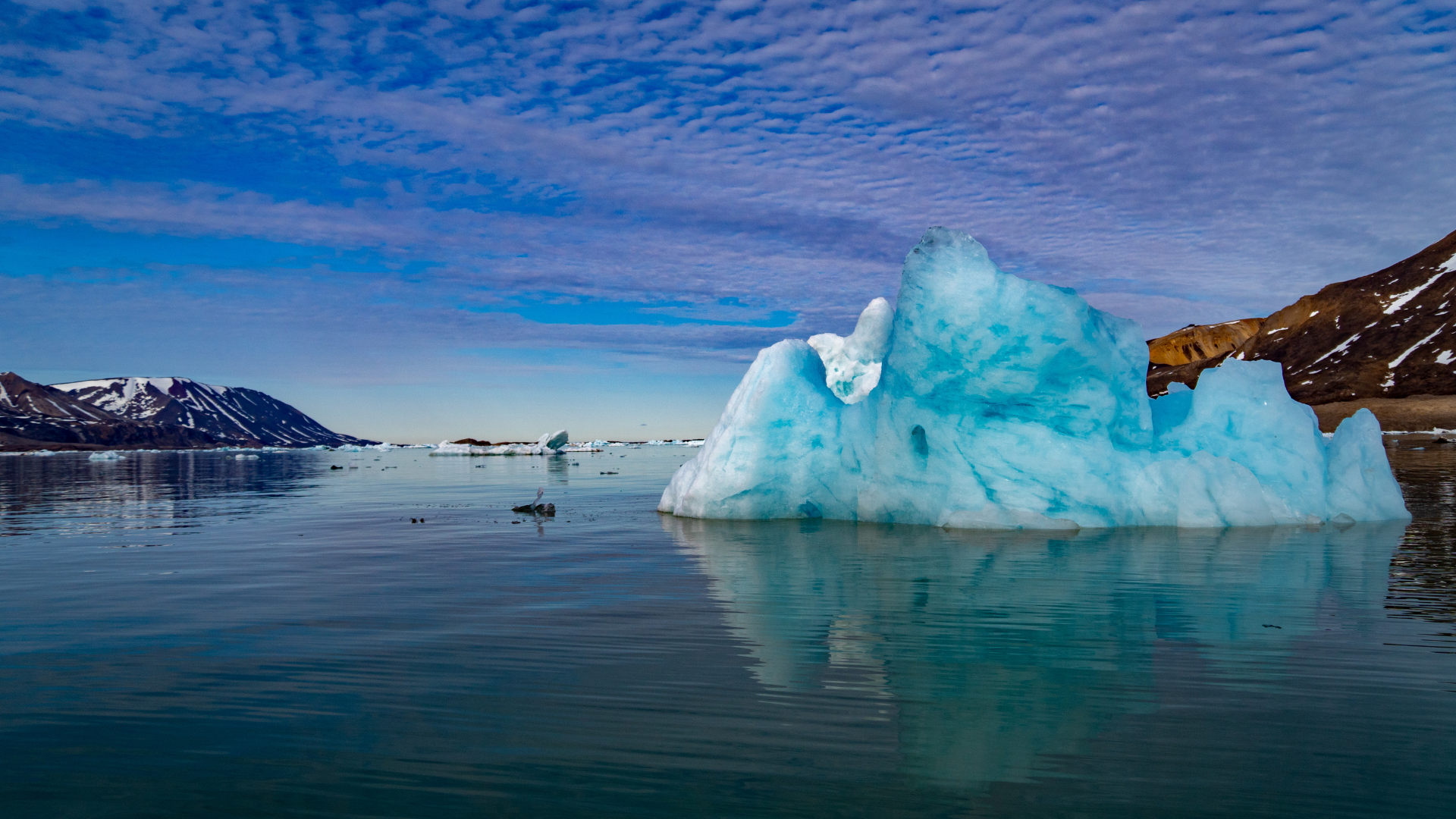Spitsbergen Tours for Polar Bears in July
Spitsbergen Tours for Polar Bears in July

July is a remarkable month to visit Spitsbergen, the largest island in the Svalbard archipelago, particularly for those interested in observing polar bears in their natural habitat. As the Arctic summer unfolds, the landscape transforms, offering a unique opportunity to witness the majestic polar bear as it navigates its environment, hunting and feeding. The combination of near-continuous daylight and the melting sea ice creates ideal conditions for wildlife viewing, making it an exciting time for both tourists and researchers alike.
One of the most appealing aspects of a July visit to Spitsbergen is the chance to see polar bears, which are often spotted along the coastlines and ice floes. During this month, polar bears are highly active as they hunt for seals, their primary prey. Tour operators provide specialized wildlife tours designed for polar bear enthusiasts, where experienced guides lead small groups to prime viewing locations. These tours typically combine boat excursions with land-based explorations, allowing visitors to traverse various landscapes where polar bears are known to roam.
The boat tours are particularly thrilling, as they allow travelers to approach polar bears while maintaining a safe distance. Vessels are equipped with viewing platforms and knowledgeable guides who share insights about polar bear behavior, ecology, and conservation efforts. The thrill of spotting a polar bear in the wild, whether it’s a solitary individual or a mother with her cubs, is an unforgettable experience that draws nature lovers and photographers from around the globe. Observing these magnificent creatures in their natural habitat can evoke a deep sense of connection to the Arctic wilderness and the challenges it faces.
The wildlife tours in July often incorporate various activities beyond polar bear watching. Many itineraries include opportunities for hiking and exploring the stunning landscapes of Spitsbergen. The trails provide a chance to see other wildlife, such as reindeer, Arctic foxes, and a variety of seabirds, including puffins and guillemots. Guided hikes offer an educational aspect, as guides share information about the unique flora and fauna of the region, as well as the geological history of the island.
July is also an ideal time for kayaking expeditions, which allow visitors to paddle through the icy waters surrounding Spitsbergen. Kayaking provides a unique perspective on the landscape, as adventurers navigate among icebergs and coastal cliffs. These excursions often include the chance to observe wildlife from the water, including seals lounging on ice floes and, on occasion, polar bears spotted from a distance. The calm waters and long daylight hours create a serene environment for exploration, making kayaking a popular choice for those seeking adventure in the Arctic.
Safety is a paramount concern during polar bear tours, and reputable operators prioritize the well-being of both visitors and wildlife. Guides are trained in bear safety protocols, ensuring that all encounters with polar bears are conducted responsibly. Travelers are briefed on how to react if they encounter a bear, and groups are typically kept small to minimize environmental impact and maintain a respectful distance from wildlife. This commitment to safety and conservation enhances the overall experience, allowing visitors to enjoy their adventures with peace of mind.
The cultural aspect of visiting Spitsbergen is also noteworthy. Longyearbyen, the largest settlement on the island, offers a glimpse into the region's history and culture. Visitors can explore local museums that highlight the area’s polar exploration heritage, mining history, and the challenges of living in such a remote environment. The community is vibrant, with restaurants offering local cuisine that often features fresh seafood and traditional Arctic dishes. Engaging with the locals and learning about their way of life adds depth to the experience, allowing travelers to appreciate the unique character of this Arctic outpost.
Preparation for a polar bear tour in July requires thoughtful planning, particularly regarding clothing and gear. The weather can be unpredictable, with temperatures ranging from 2°C (36°F) to 10°C (50°F). Layering is essential, as conditions can change rapidly, and visitors should pack waterproof outer layers, insulated jackets, and sturdy footwear for hiking. Accessories such as hats, gloves, and sunglasses are also recommended to protect against the elements and the intense sunlight of the Arctic summer.
Booking a polar bear tour in July often involves planning in advance, as spaces can fill up quickly due to the popularity of this unique experience. Many operators offer a range of tour options, from day trips to multi-day adventures, providing flexibility for different travel styles and budgets. It’s advisable to research various operators and read reviews to find a reputable company that aligns with personal preferences and expectations.
Spitsbergen in July offers a truly exceptional experience for wildlife enthusiasts and adventure seekers alike. The chance to observe polar bears in their natural environment, combined with stunning landscapes and a rich cultural backdrop, creates a memorable journey into the heart of the Arctic. Whether it’s navigating icy waters by kayak, hiking through pristine terrain, or simply marveling at the beauty of polar bears in the wild, July in Spitsbergen is a month filled with adventure and discovery. For those seeking to connect with nature in one of the most remote and breathtaking regions of the world, a polar bear tour in Spitsbergen during July is an unforgettable experience that promises to leave a lasting impression.
